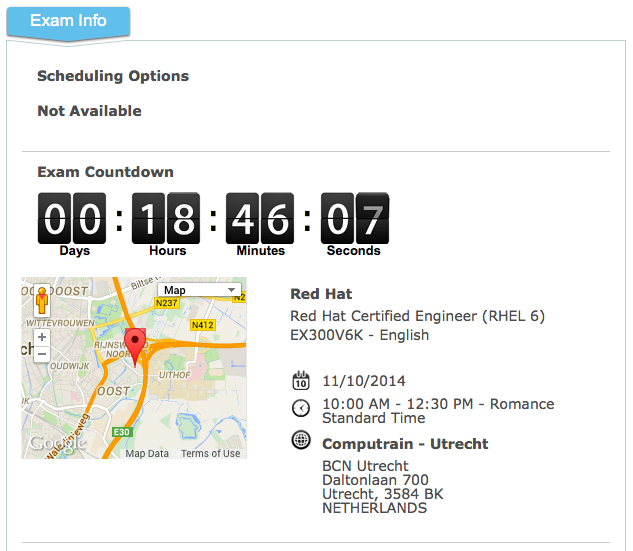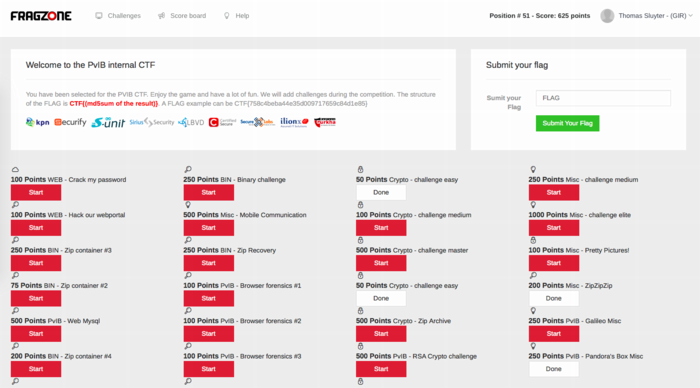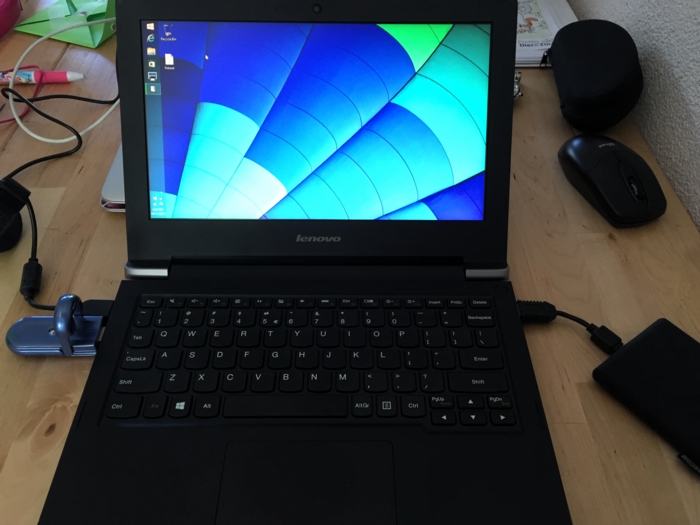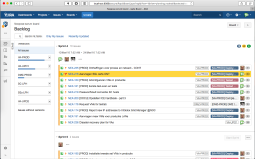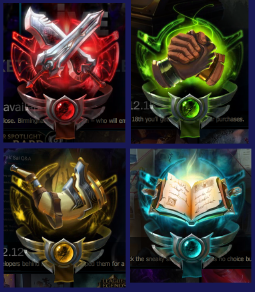![The four LOL ribbons]()
The past two years I haven't been keeping this diary, so I've played a lot of games that I really enjoyed which I haven't written about. This's the first update in a series about games that I absolutely love (or loved) and which played an important role in my life. First up: League of Legends.
LoL is the prime example of something I've often been "accused" of: "Thomas, you just can't do anything without taking it seriously!"
Let's back it up a little bit... I'd heard of MOBA games before 2014: I knew of the Warcraft 3 spinoff DotA and I'd heard about LoL from my colleague Wim. They sounded like fun games, but as is often the case I never had time to give'm a try. In the summer of 2014 I started watching the LoL championships online. Season 3 was very exciting and I loved the "Road to Worlds" documentary.
During our holiday in Austria I picked up another MOBA, on the iPad: Fates Forever. It was a very fun game and easy to pick up for newbies like myself. I got into the community and even designed a sweater for myself, with my favorite character Renwil. FF went offline in the fall of 2015, so I can't play the game anymore.
Despite watching LoL championships and playing FF I still kept away from actually playing LoL. As my mom once told me: “Whenever we’d take you somewhere new, I’d see you hanging around the sidelines, watching very intently. You were always trying to mentally grasp what was going on and how things worked. And you almost never dared to actually participate until you’d figured it out." And that's true, I was intimidated by LoL and didn't want to fsck up right from the start.
By the end of December 2014 I had finished a long and hard certification process (RHCE) and I told myself: "This is it! I'm gonna take three months and do nothing except gaming!". That's when I dove in! And that's where the aforementioned accusation comes in ^_^
I didn't dick around with LoL! I decided that I was going to study hard to play a limited pool of characters that each fit two roles, so I could be of good use to any team I'd join for a game. Volibear was my very first character and I shelled out the money to buy him out-right. What's there not to love! A huge, friggin' polar bear with armor! I learned to play him in both toplane and the jungle. But my true love would become the support role, which is a role that suits my real life: I love being the one who supports his team, so they can win the day. Soraka is my all-time favorite character (my "main") and later on I also learned to play Janna, Annie, Lux and Morgana.
To be honest, I feel that I got pretty good. I found a few friends with whom I could play great games and I often got recognized as a valuable contributor. Over the three to four months which I played the game, I worked myself up to level 30 (to most people the "real" start of the game) and I was awared all four "honor ribbons" (shown top-left). I'd pore over patch notes and study pro games as well as replays of my own team's games. It was a lot of hard work, but I had an absolute blast!
By April of 2015 the time came for me to return to studying. I started my Oracle studies by then and I also got some extra work. I said my farewells to my friends, most importantly Hedin (who played as Limerick / Dovetail) from the Farroe Islands. He was an absolute joy to play with! I never did start Ranked play, so I don't know how good I could've gotten. I'm sure that I was only on the very first step of properly learning League of Legends.
